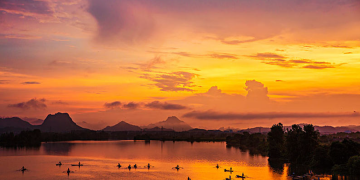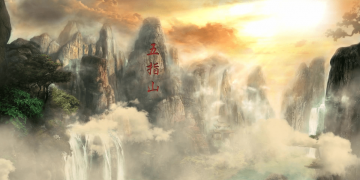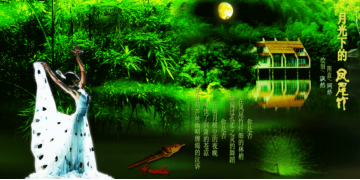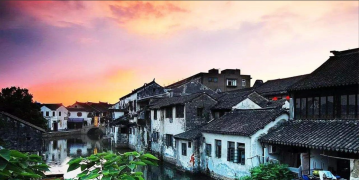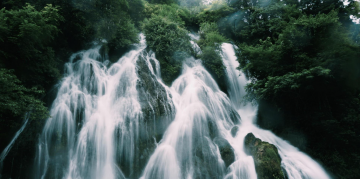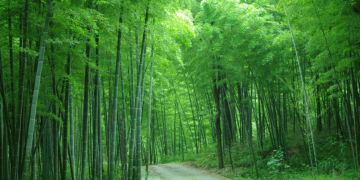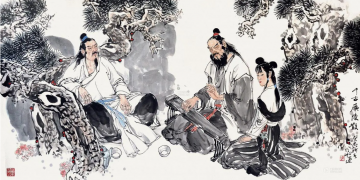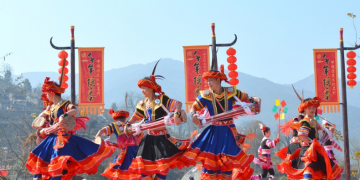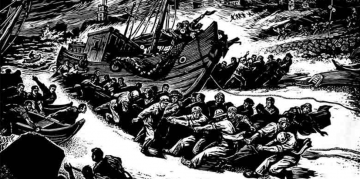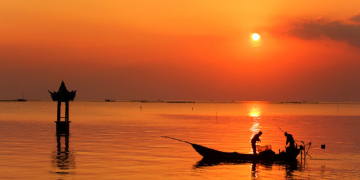Blog
This piece of music is created basically adopting the tone of fisherman's songs in the East China Sea. It not only retains the ethnic style suitable for the performance of Bawu, but also has the unique rhythm of fisherman's songs....
It is originally an insert song of Journey to the West (1986 version) for episode 4 “Imprisoned under the Five Elements Mountain”. Specifically for the passing of the 500 years experienced by Sun Wukong under the mountain....
In 1978, a group of three people from Tianjin Opera House visited Dehong (Yunnan Province) for inspiration. Songwriter Poet Ni Weide saw that local Dai ethnic young men and girls like to date in the fernleaf hedge bamboo woods in the moonlight, singing love songs with soothing hulusi music. Inspired...
The Charm of Colorful Clouds is composed in the folk music style of ethnic minority in southwest China, with strong ethnic and regional characteristics. The whole piece is melodious, the rhythm is sometimes stable and sometimes enthusiastic, showing the fresh and simple natural beauty of the ethnic ...
Guqin melody Flowing Water goes back a very long time, dating back to the Spring Autumn Period (722 BC to 481 BC). This song was played by famed guqin player BoYa to his cherished friend ZiQi, who understood and appreciated the meanings BoYa tried to convey through his music. The enduring bond bet...
Deep Place in Bamboo Grove is a famous hulusi music of Yunnan, composed by Yang Zhengxi around 1980s. It depicts the romantic love of Dai youth in an extremely lyrical style....
Guangling Verse (or Guangling Melody), is one of the 10 Chinese ancient musical masterpieces. It is said to have been in circulation during the Han Dynasty and was played by Ji Kang, a Chinese Guqin player of the Cao Wei Dynasty. It depicts the assassination of King Han by Niezheng during the Warr...
Dance of the Yao People (sometimes translated as Dance of the Yao Tribe), is one of the best known and most popular Chinese instrumental compositions of the second half of the 20th century. It was composed by Liu Tieshan and Mao Yuan in 1952, inspired by the long drum dance, a form of traditional f...
Fighting the Typhoon is composed in 1965, when Ms. Wang Changyuan was studying in Shanghai Conservatory of Music. She was shocked by the courage of the dock workers to fight against typhoon at Shanghai port and created this piece of music....
The title of this traditional tune is taken from Wang Bo's poem "Teng Wang Ge Xu", written during the Tang dynasty (618 - 906 AD). It describes a beautiful lake and mountain scene where fishermen sail back to their village with the catch of the day....

